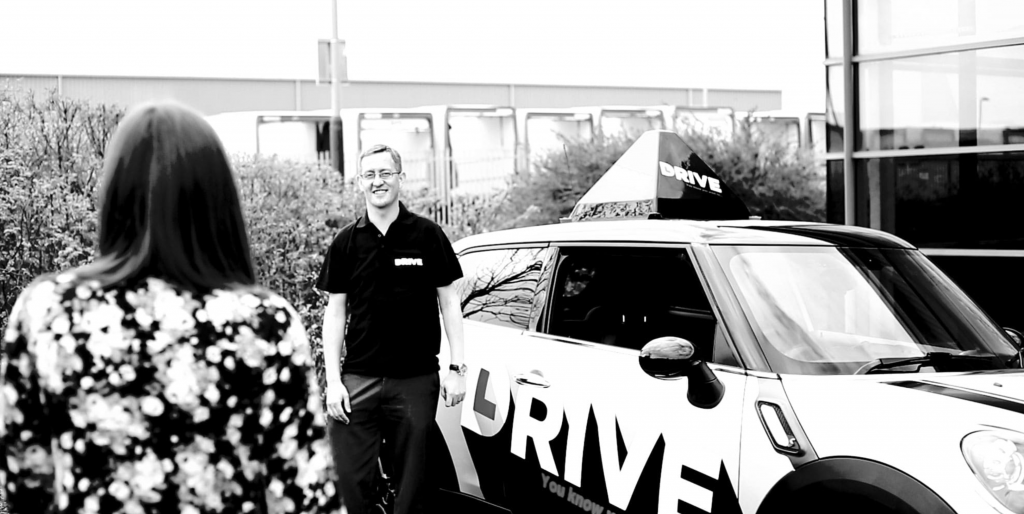After spending hours reading the Highway Code cover to cover, trying practice question after practice question, and crying over the hazard perception section, you’ve finally passed the theory test! Congratulations! You’re that much closer to becoming a fully qualified driver. But what’s supposed to happen next?
Though it’s clear that you’ll have to take the practical test, you might not be entirely sure what you need to do to get to that point. Fortunately, we’re here to help. Keep reading to find out what your next steps should be!
First things first…
Give yourself a pat on the back

Before taking the next step on your learning journey, we recommend giving yourself a couple of days to really savour the feeling of being a winner. As pass rates have shown, the theory test is hard. Many learners end up failing it at least once. So, you should give yourself a big round of applause for coming out with a pass. Your hard work and revision have paid off and now you’ve got your theory test pass certificate!
Avoid taking a long break
As tempting as it might be to sit back and rest on your laurels for a while, you’ll want to start looking ahead as soon as possible. Your theory test pass certificate will expire after two years. This means that if you don’t pass the practical test within this timeframe, you’ll have to go back to square one and take the theory test again. Yes, you read that correctly. (Just imagine the agony of having to go through all of that theory test revision again!)
It might be frustrating, but it actually makes a lot of sense. The rules of the road are prone to change and the Highway Code is frequently being updated to include new regulations and guidelines. It’s not enough for learners to rely on knowledge that they accumulated years ago for the theory test, they need to be up-to-date if they intend to take to the roads. If not, they run the risk of endangering other road users through their ignorance.
Now that you know time is of the essence, you have two options. You can make your way through the necessary steps to get test-ready by yourself, or you can get a driving school like DRIVE to help you. We’ll walk you through both…
If you’re riding solo…
Find an instructor

So you’ve got two years to learn to drive and pass the practical test. The first thing you need to do is find yourself a driving instructor. No matter how confident you feel, you won’t be able to pass the test without one. You need their professional knowledge and advice in order to not only pass the test, but also become a safe and responsible driver.
Don’t just head online and pick the first (or cheapest) driving instructor in your area. You’ll want to check with the DVSA’s instructor database in order to make sure they’re DVSA-approved. This means that they’ve taken official tests to become certified and have undergone DVSA assessments. It also means that they know exactly what the DVSA are looking for from learner drivers during the practical.
We can also connect you to an instructor in your area. By clicking here, you can see if we have an instructor available in your area!
Start your lessons
Once you’ve found yourself a driving instructor, it’s time for you to start your lessons. You’ll need approximately 40 to 50 hours in total in order to get up to test standard. You should try to decide early on what kind of approach you want to take with your lessons. What we mean is, do you want to take hourly lessons once a week? Or, are you looking to get through your lessons as quickly as possible? By figuring this out early on, you and your instructor can schedule your lessons around your calendar.
Make sure you practice driving
If you’re leaving gaps between your lessons, you’ll want to make sure you’re keeping your skills sharp and continuing to build up your muscle memory in your downtime. The best way to do this is by practising driving with friends or family. There are a few important things to note here, however:
– You need to be supervised by someone over the age of 21 who has held their licence for at least 3 years. They also need to have a licence for the same transmission you’re learning in.
– The car you’re driving in needs to have the right insurance cover. It doesn’t matter if you’re only using it for half an hour at a time. You need to have learner driver insurance in place.
– You need to prioritise the advice of your instructor. If the driver supervising you tells you something that contradicts what your instructor has taught you, politely ignore them. (You don’t want any backpedaling here!)
Book your driving test

Once you’re getting towards the end of your lessons, you’ll have a rough idea of when you want to take your driving test. You’ll need to head on over to the DVSA’s practical test booking page. Make sure you have your theory test pass number to hand for this. You should also be aware that with how long waiting times can be, you should try to be flexible with your test centre choices—try to look at a couple in your local area in order to increase your chances of getting a test date.
